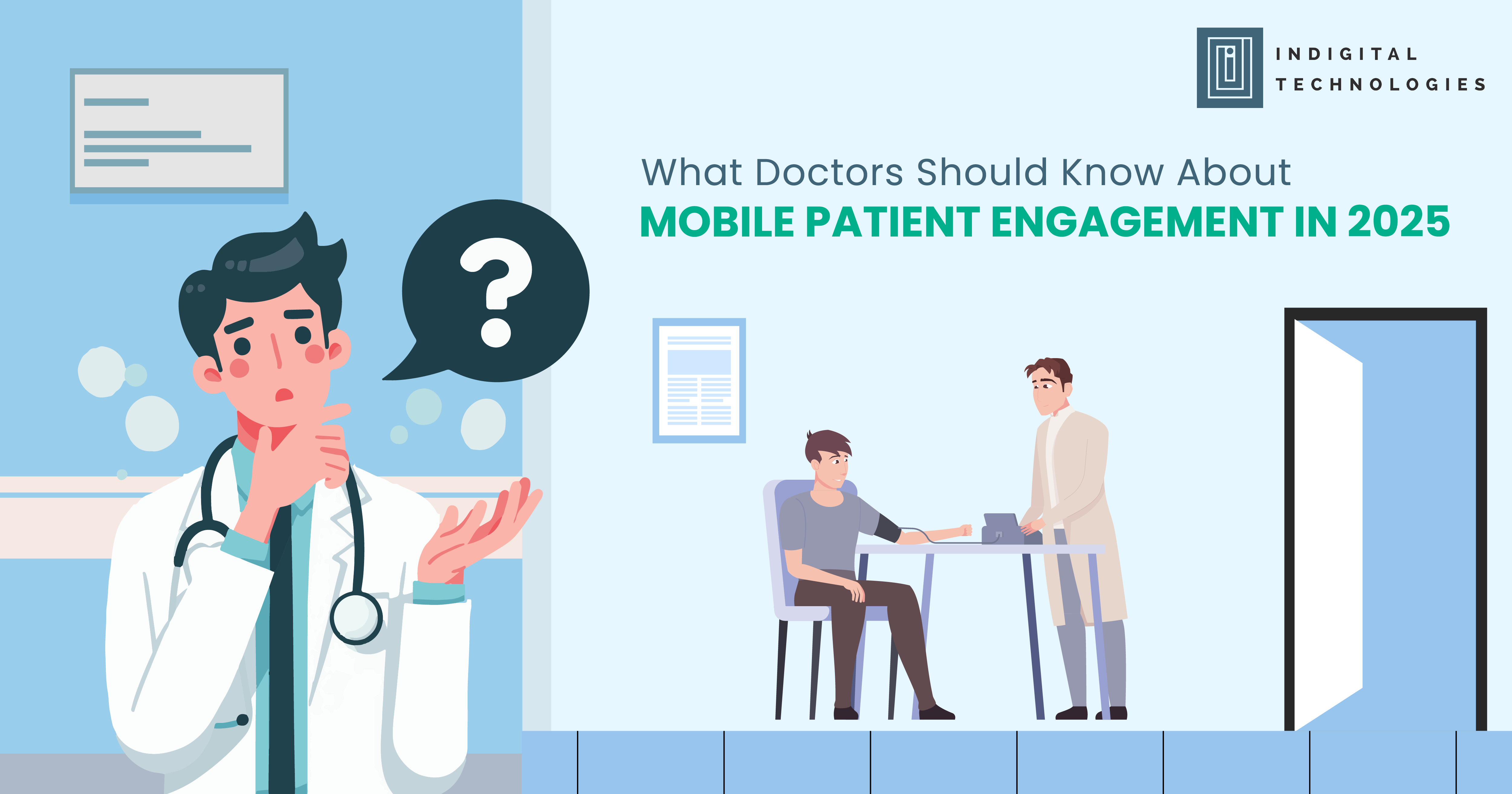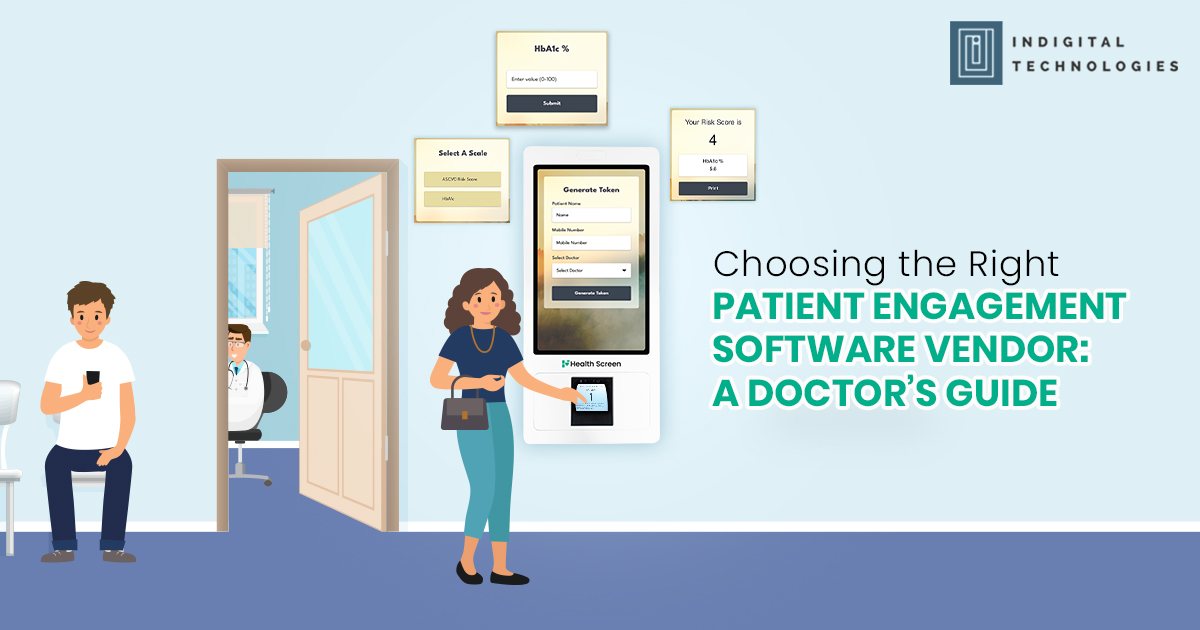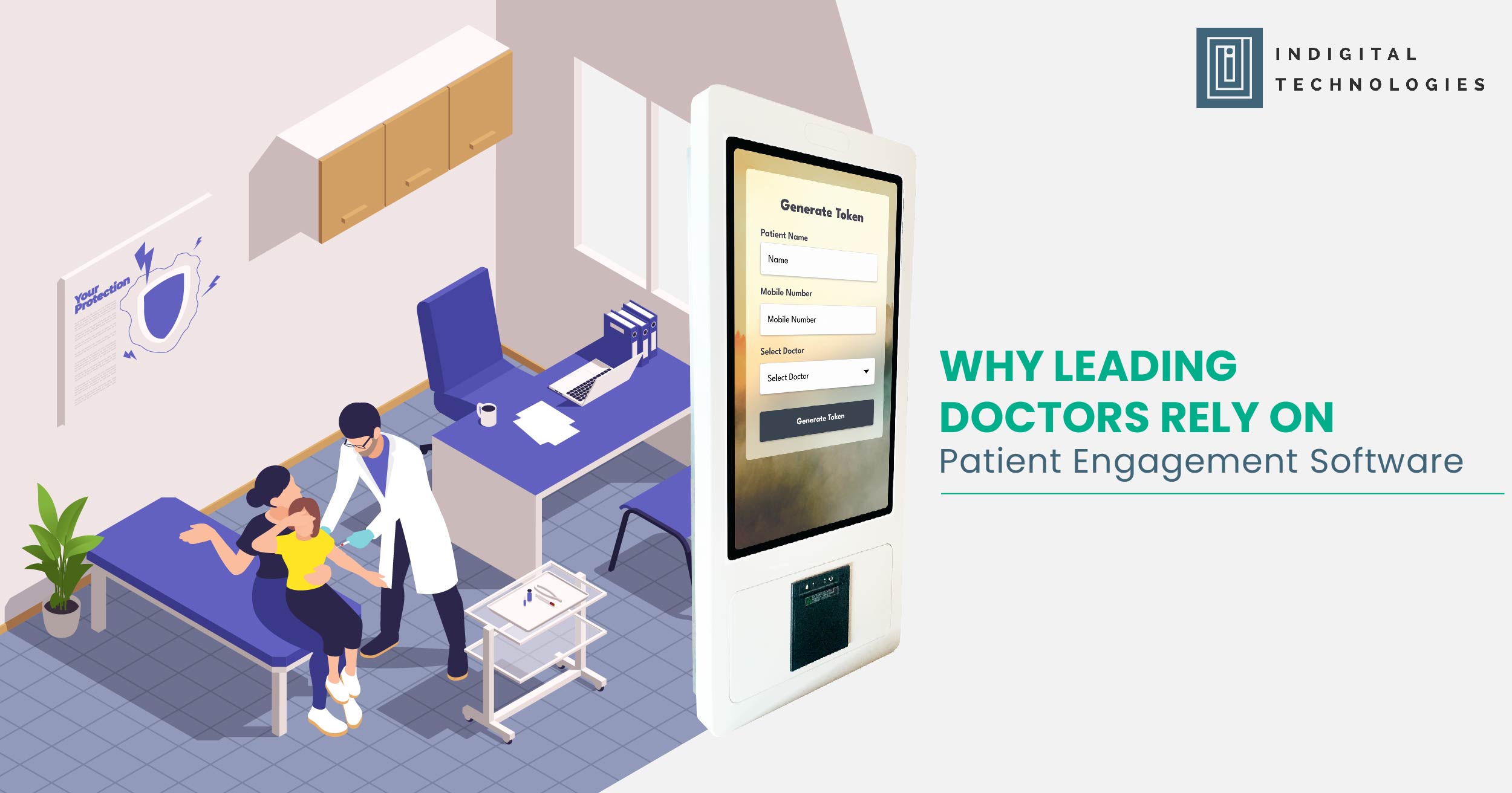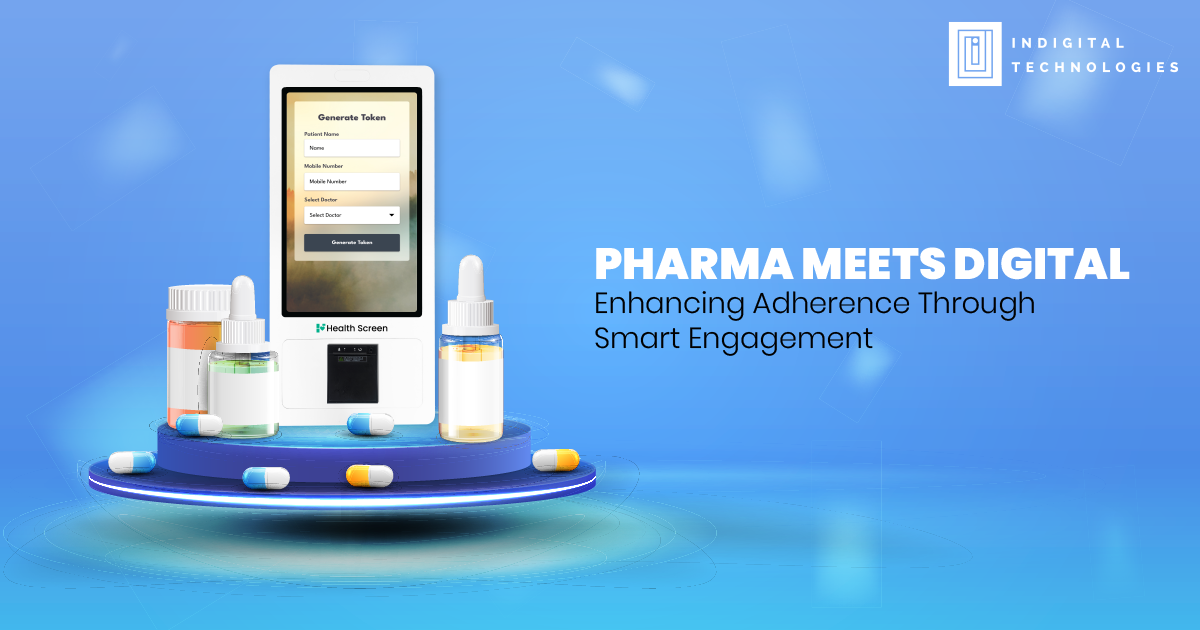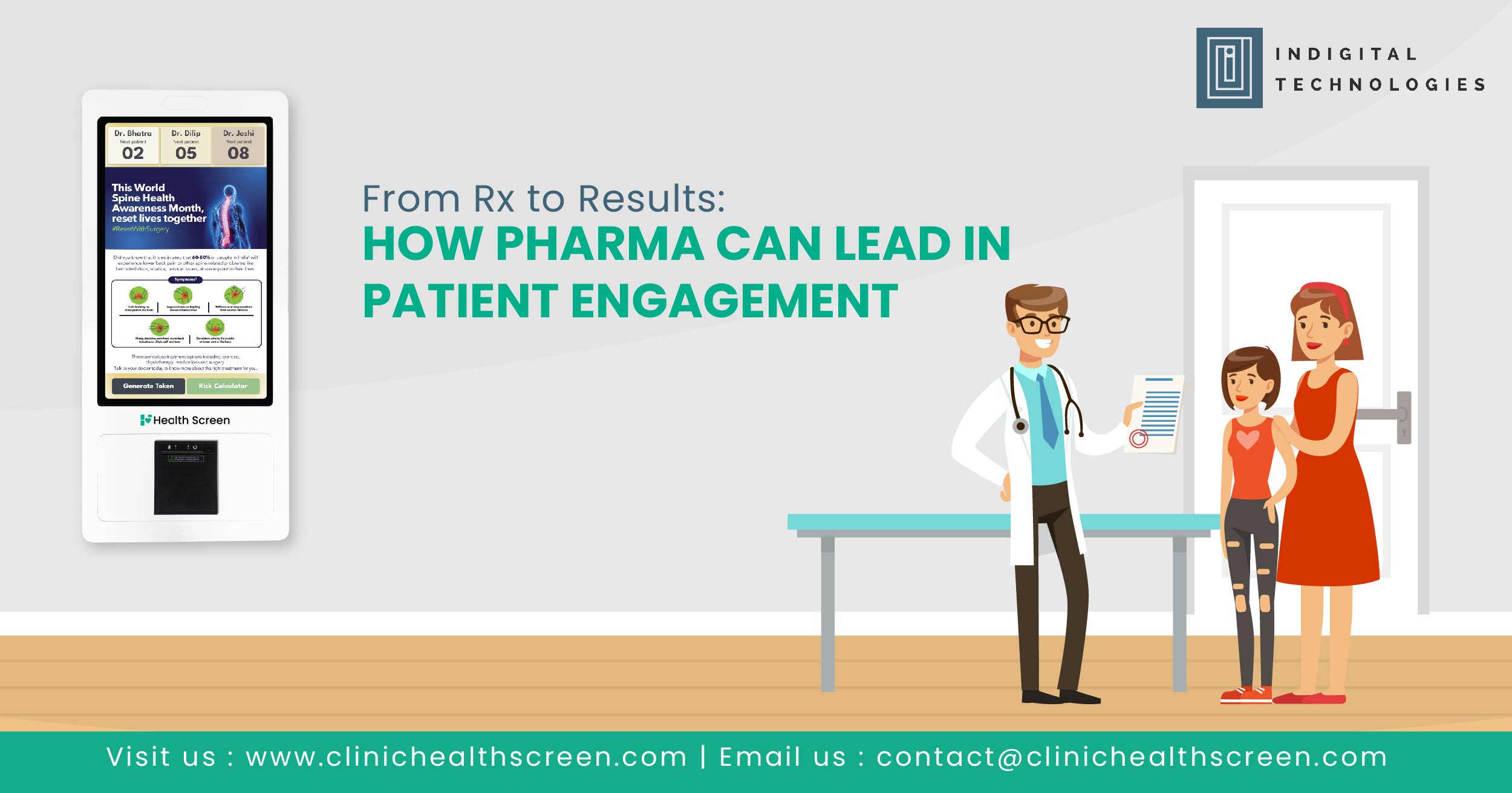In 2025, healthcare is no longer just happening inside hospital walls or during scheduled clinic visits.
It’s happening on mobile devices — in patients’ pockets, purses, and hands, 24/7.
Mobile patient engagement has become one of the most powerful forces reshaping the doctor-patient relationship.
For doctors and healthcare providers who want to stay relevant, build stronger connections, and drive better health outcomes, understanding and embracing mobile patient engagement is no longer optional — it’s essential.
The New Healthcare Consumer
Today’s patients are not passive participants.
They are informed, connected, and expect convenience in every aspect of their lives — including healthcare.
Consider these trends:
- Over 1.2 billion Indians are expected to own smartphones by the end of 2025.
- 70% of patients under the age of 50 prefer communicating with their healthcare providers digitally rather than via phone calls or physical visits.
- Mobile health app downloads increased by 30% annually post-2020 and continue to rise.
Patients are accustomed to mobile banking, mobile shopping, mobile learning — and now, increasingly, mobile healthcare.
Doctors who adapt to this mobile-first world can build deeper relationships with their patients, foster better treatment adherence, and grow their practice in a sustainable way.
What is Mobile Patient Engagement?
Mobile patient engagement refers to using smartphones and tablets to:
- Schedule appointments
- Send automated reminders
- Share personalized educational content
- Collect patient feedback
- Provide post-consultation support
- Enable secure two-way messaging
Rather than limiting healthcare to the four walls of the clinic, mobile engagement creates a continuous connection — before, during, and after every visit.
Key Mobile Patient Engagement Tools Every Doctor Should Know
1. Appointment Management Apps
Patients appreciate the ability to book, reschedule, or cancel appointments through mobile apps — anytime, anywhere.
Automated confirmation messages reduce missed appointments significantly.
2. Mobile Health Education Content
Short videos, infographics, and condition-specific tips sent to patients’ phones reinforce doctor advice and enhance patient understanding.
3. Medication Adherence Support
Mobile platforms can send daily medication reminders, dosage instructions, and refill alerts — helping patients stay on track with their therapies.
4. Secure Messaging Platforms
HIPAA-compliant (or in India, DPDPA-compliant) messaging apps allow doctors and patients to exchange updates, lab results, or minor consultation follow-ups without the need for a visit.
5. Remote Monitoring Integration
Wearables and mobile apps can track vital signs, glucose levels, heart rates, and more — transmitting real-time data to doctors for smarter care decisions.
These tools not only make life easier for patients but also equip doctors with better insights into patient behavior and treatment progress.
How Mobile Engagement Improves Clinical Outcomes
Mobile patient engagement isn’t just about convenience — it directly improves health outcomes.
- A study published in The Lancet found that patients receiving mobile reminders for medications showed 22% higher adherence rates.
- Clinics utilizing mobile follow-ups post-surgery reported a 30% reduction in readmission rates compared to those relying solely on in-person visits.
- Mobile educational interventions have been shown to double patient knowledge retention compared to verbal instructions alone.
Mobile engagement empowers patients to become active partners in their health journey — leading to faster recovery, better disease management, and improved quality of life.
Challenges and Solutions
Of course, mobile engagement brings its own set of challenges:
- Data Security: Ensure that patient information is encrypted and stored securely.
- Accessibility: Elderly or low-income patients may require simpler interfaces or multilingual support.
- Content Overload: Sending too many notifications can lead to “alert fatigue” among patients.
Choosing the right digital engagement platform — one that balances frequency, relevance, and personalization — is key to overcoming these hurdles.
Pharma’s Strategic Opportunity
Pharmaceutical companies can play a major role in supporting mobile patient engagement initiatives:
- Providing educational content tailored for mobile platforms
- Enabling digital adherence programs alongside drug prescriptions
- Sponsoring clinic adoption of mobile patient engagement tools
This support not only enhances therapy adherence but positions pharma brands as proactive partners in healthcare delivery — rather than just product providers.
In fact, according to a 2024 survey by GlobalData, pharma brands offering patient support via mobile programs saw 1.5x higher brand loyalty among both doctors and patients.
Future Trends in Mobile Patient Engagement
Looking ahead, mobile engagement will evolve rapidly:
- AI Chatbots: Providing 24/7 symptom triage and basic support through mobile apps.
- Voice-Activated Health Assistants: Patients using Siri, Alexa, or Google Assistant to access health updates and medication reminders.
- Predictive Mobile Alerts: Apps that anticipate when patients might lapse in adherence and send customized motivational messages.
The future is proactive, predictive, and patient-driven — and it will happen primarily through mobile devices.
Conclusion
Mobile patient engagement is transforming healthcare delivery in profound ways.
It empowers patients, extends the clinic’s reach, improves clinical outcomes, and builds stronger doctor-patient relationships.
For doctors looking to lead in 2025 and beyond, adopting mobile engagement strategies is no longer a luxury — it’s a necessity.
For pharma managers, supporting these initiatives offers an unparalleled opportunity to align with the future of healthcare and create meaningful impact at every stage of the patient journey.
The doctor’s hand may still guide the treatment, but the mobile device will be the bridge that keeps patients engaged, informed, and healthier every step of the way.

